Learn about trademarks
Find out if trademarks are the right choice for you.
What can you register as a trademark? A trademark can consist of words, names, logos, shapes, images, letters, numbers, packaging, sound or combinations of these. Here we give you a closer overview of the various brand types.
Wordmarks, figurative marks and combined marks are the most common trademarks to apply for.
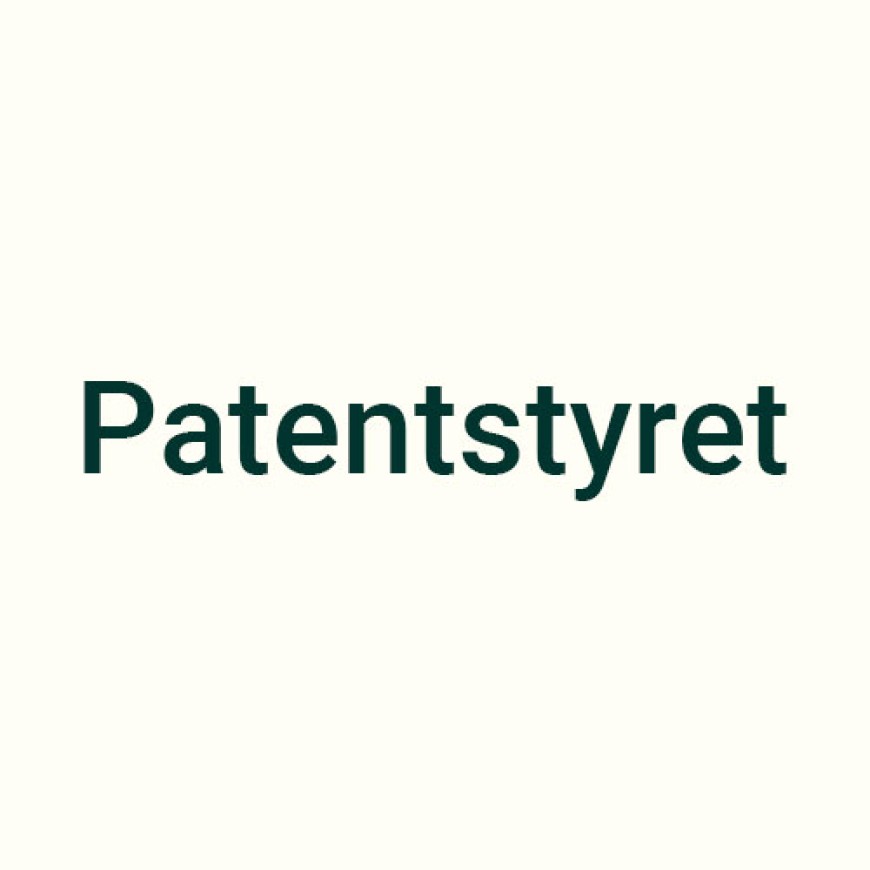

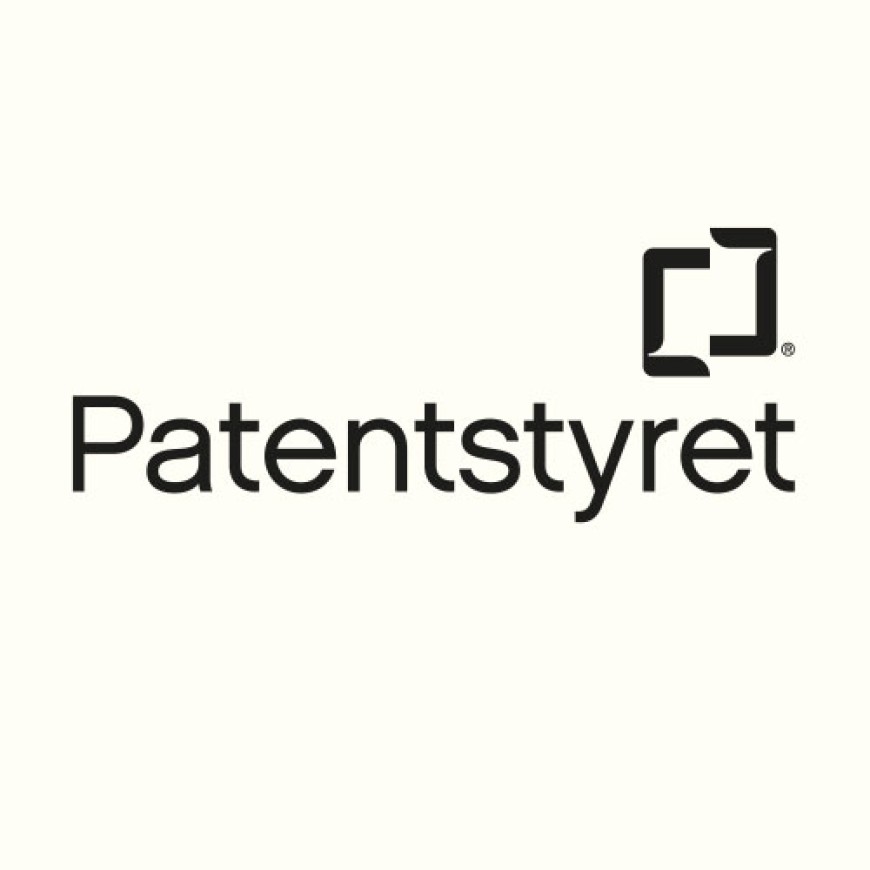
Wordmarks consist of plain text, such as words, letters or numbers. This could be, for example, the name of your business, the model name of one of your products, or the slogan of your business. If you have obtained the exclusive right to a word mark, you can use it in various designs and fonts.
Examples:
Figure marks consist of figure/logo elements without text. Examples of some well-known figure brands are Apple's apple logo, Nike's "swoosh", and the four rings of Audi.
One consists of a combination of text and figure. This could, for example, be a combination of a word and a figure element, or text with a specific logo design.
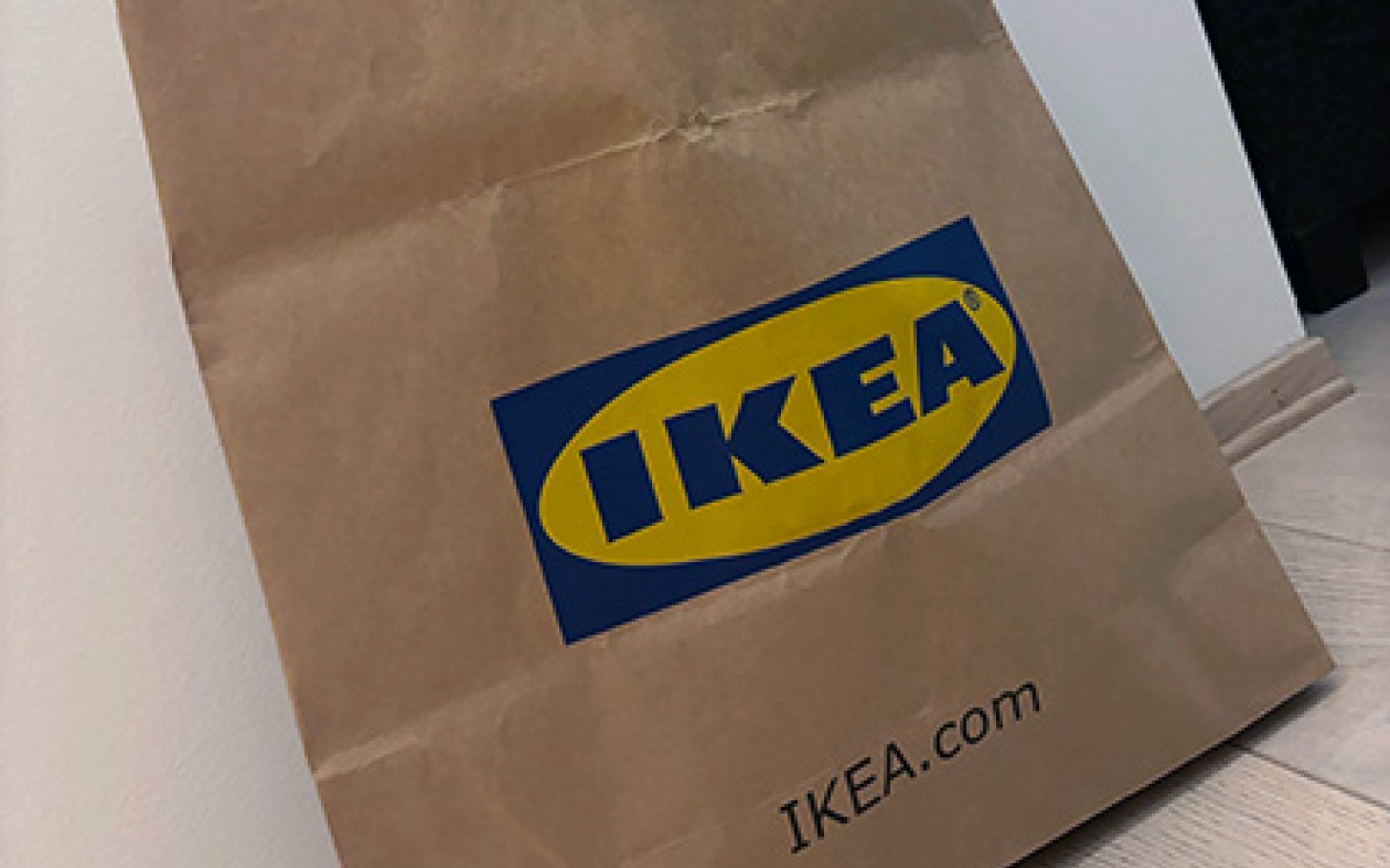
There are also other types of trademark that can be registered. These trade types are somewhat less common, and some of them can be difficult to get registered. The reason why some of these characteristics may be more difficult to register, such as colour marks and three-dimensional marks, is, among other things, that consumers are less used to perceiving these as the special characteristics of a single business.
A sound mark is a trade mark that consists only of sound. Sound marks can in principle consist of all imaginable tones, sounds and words, or a combination of these. Examples could be the sound when you switch on a computer, the sound when a program on the radio starts, or the sound a mobile application makes when the user receives or sends money.
The sound you want to protect must have a distinctive character. For example, you cannot protect the sound of a soda can being opened for soda. No one will perceive such a sound as someone's trademark, and other traders must be able to freely use this sound when marketing soft drinks.
A motion mark is a mark that consists of or includes a movement or a change in the position of the trademark's elements. This could, for example, be a logo that moves, that changes colour, or where new elements are introduced over time.
A multimedia mark consists of a combination of image/video and sound. The visual elements in the marks can be both text elements and graphic elements, and they can be with or without movement.
An example of a typical multimedia mark is the well-known clip of the film studio 21st Century Fox, which is at the beginning of many feature films the studio is behind. This sequence consists of both music and a film clip showing the text 21ST CENTURY FOX in gold, with spotlights around.
A pattern mark consists of a set of elements that are repeated regularly, i.e. as a pattern. Consider, for example, the consistent patterns brands such as Marimekko and Louis Vuitton use on their products.
Colour marks refer to marks where the colour itself is the characteristic. Either one colour alone, or a combination of several colours. A combined mark or figurative mark that has been applied for registration in a particular colour is therefore not a colour mark.
Imagine that someone, for example, gets an exclusive right to the colour purple for chocolate.
It is difficult to get a registration of a colour mark approved, because these often lack distinctive features. Consumers are not used to perceiving colours as someone's distinctive characteristics, and other traders should be free to use the colours they wish. In such cases, it must therefore often be proved to the Norwegian Industrial Property Office that the colour mark in question has become well known as the applicant's special characteristic through incorporation.
A position mark is a trademark that consists of the way the mark is placed on the item. Imagine that you are producing shoes, and the brand must be placed in a very specific place on the shoe.
An example of a position mark is the iconic high-heeled shoes of Christian Louboutin, with their red soles placed under the shoe.
A shape mark consists of a three-dimensional shape. This can, for example, include the shape of a packaging or the appearance of the item itself.
Among other things, The Coca-Cola Company has trademarked the shape of the Coca Cola glass bottle for mineral water, and Orkla has approved the shape of Bamsemums for chocolate.
It can often be difficult to get the product's appearance or packaging registered as a trademark.
You cannot get a trademark registered in a form that is necessary to achieve a technical result or adds significant value to the product. You cannot, for example, obtain an exclusive right to a completely standard soft drink box without any other design, because an ordinary soft drink box has a technical function that other soft drink manufacturers also need to make use of.
Shape marks also often lack distinctive features, as the consumer will often not perceive the shape of a product as one actor's special trademark. And even if a form should not constitute a purely technical function, it may still be unreasonable for one business to obtain an exclusive right to a form that is common in the industry in question. In such cases, it must therefore often be proved to the Norwegian Industrial Property Office that the shape in question has become well known as the applicant's special characteristic, through incorporation.
Holograms are three-dimensional images, which are formed by a form of light transmission.
Several players have started to use hologram technology in order to stand out among players and win customers' attention, among other things by creating holograms of the products for sale, of advertising posters, and the like.

Play sound (opens in modal)
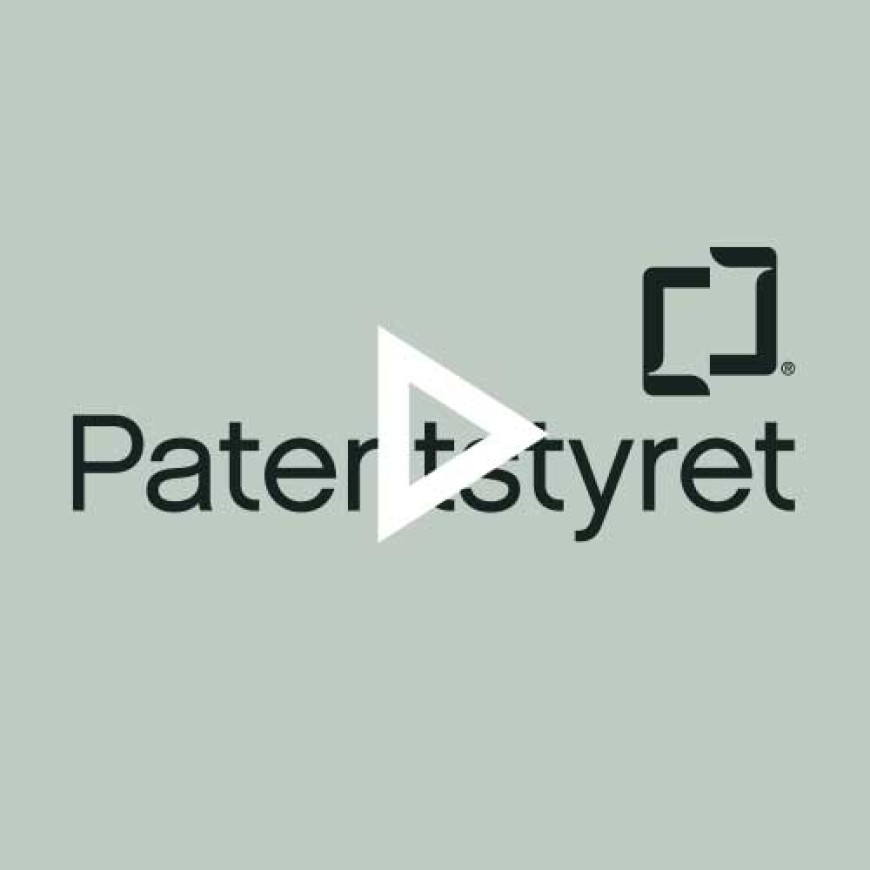
Play video (opens in modal)
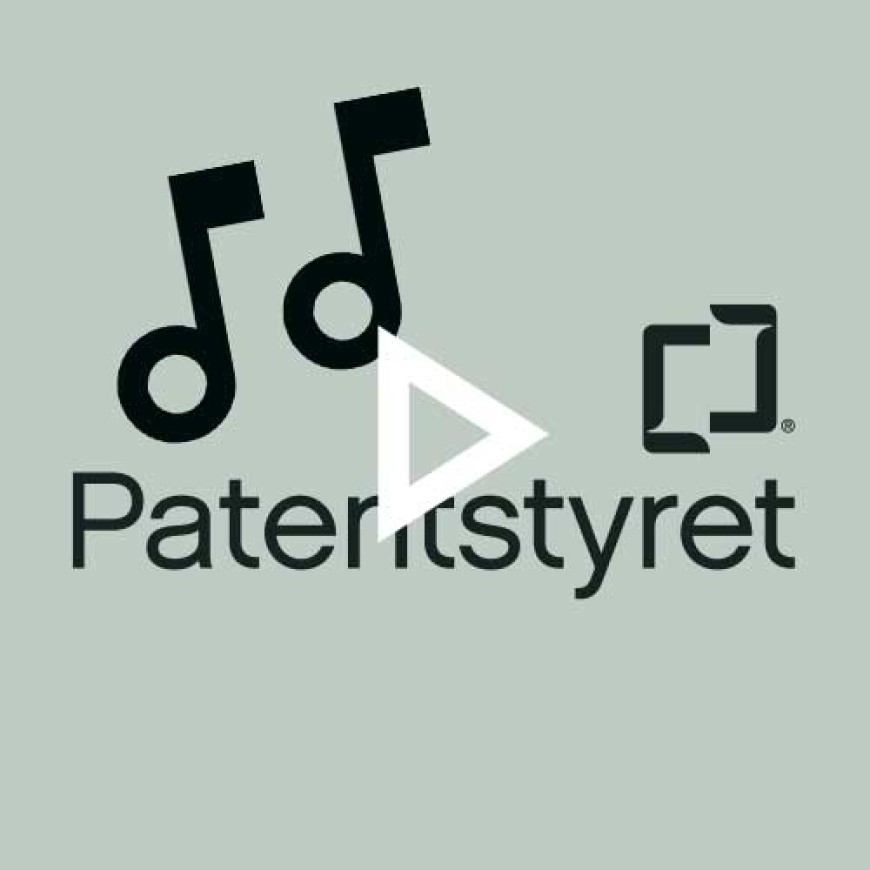
Play video (opens in modal)
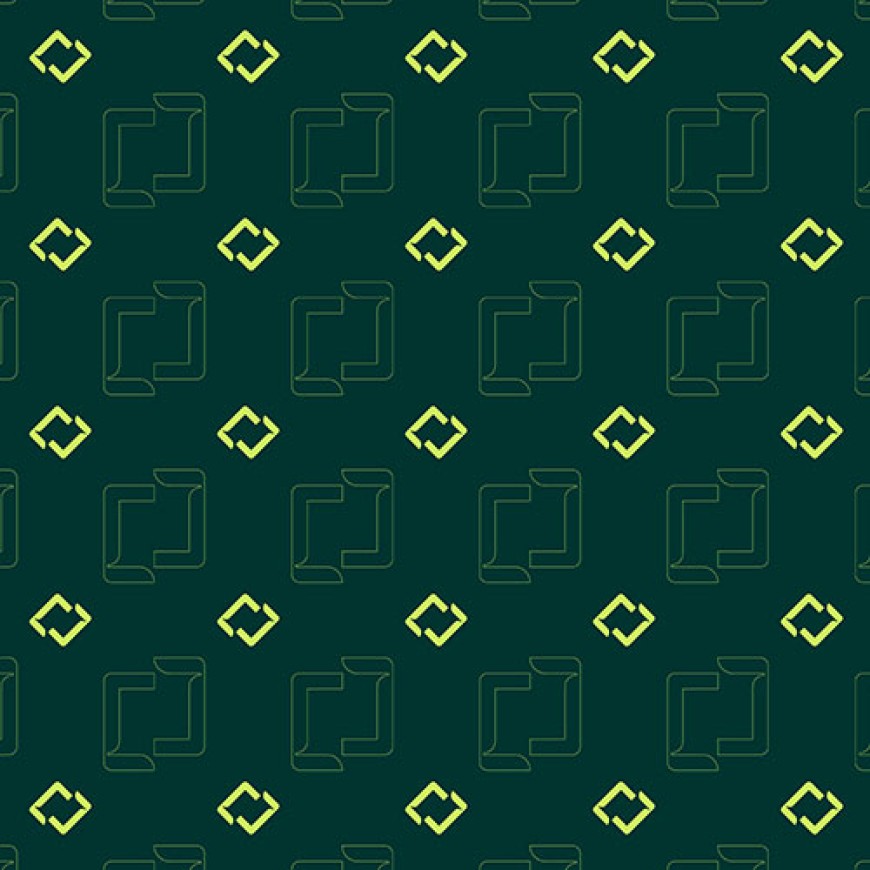

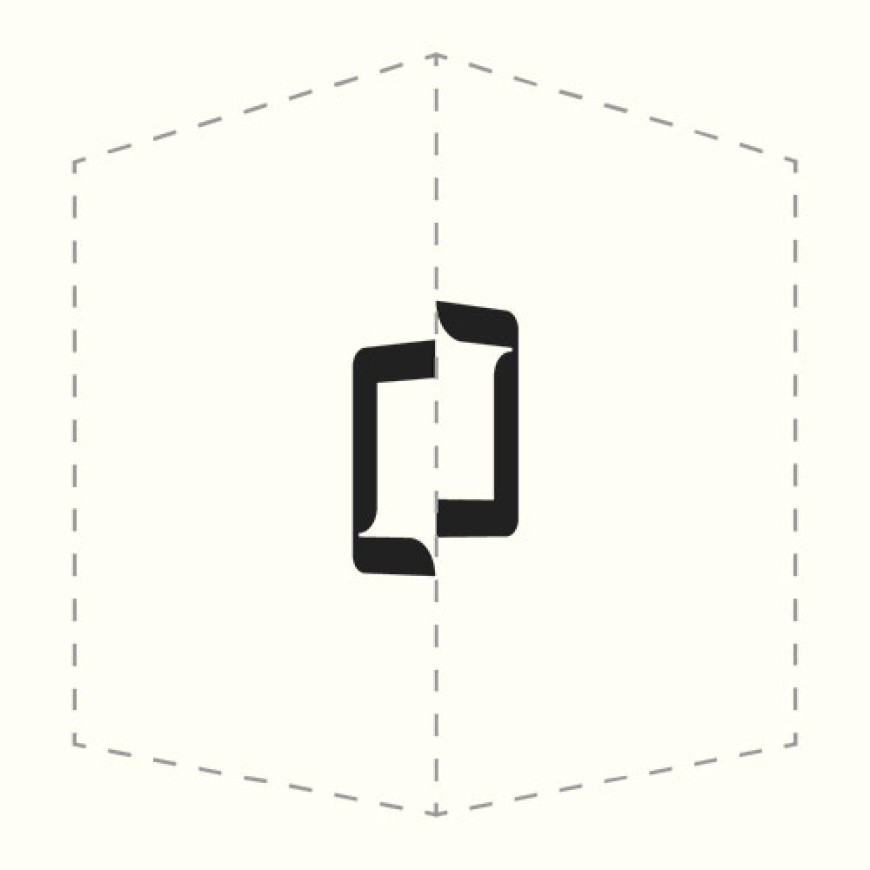
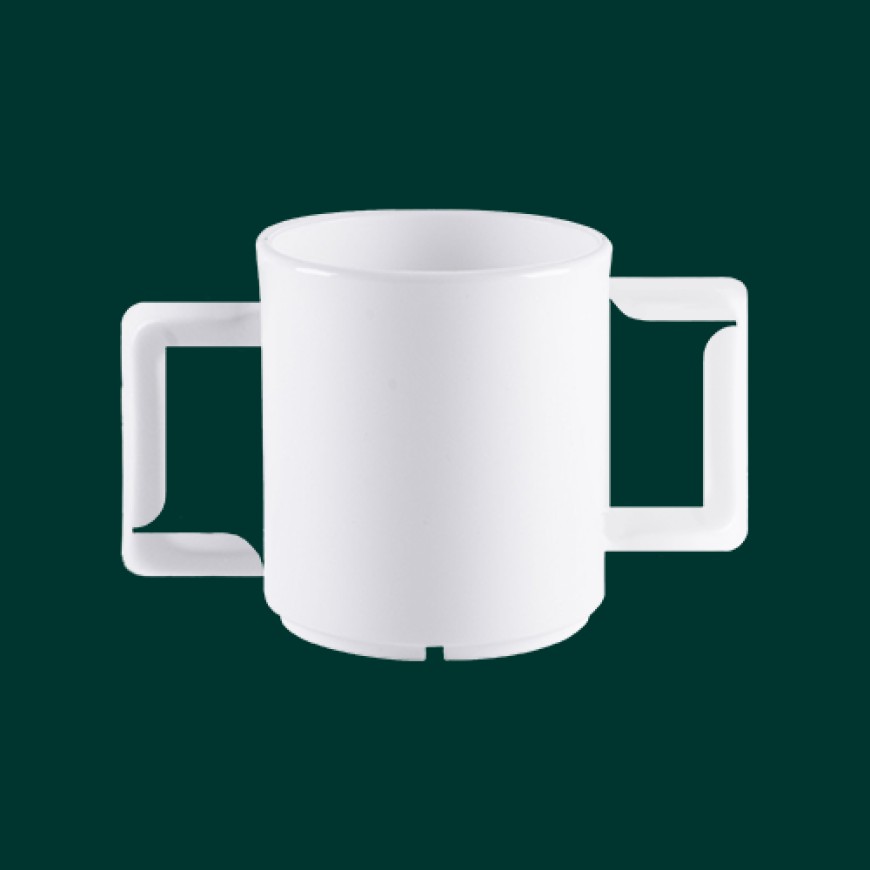

Play video (opens in modal)
Some of the trademarks described here can be more difficult to register, such as trademark three-dimensional marks. This is partly because consumers are less used to perceiving these as the special characteristics of a single business. In certain cases, the marks can still be registered if incorporation can be shown.
In order for us to register your trademark, it must meet a number of conditions.
There are also other types of marks that can be applied for. Collective marks and guarantee or control marks are marks that can be used by several people. These are often used to mark goods and services within different categories of control or certification.
Find out if trademarks are the right choice for you.
Do a search in our trademark register to see whether there are other similar trademarks that resembles yours.
Familiarize yourself with what you must have in place before you send in an application.
Get an overview of the possibilities available to you and what you must do if you wish to file an application. The experts at NIPO are very experienced and can give you insight into what is important for you to consider during the application process.